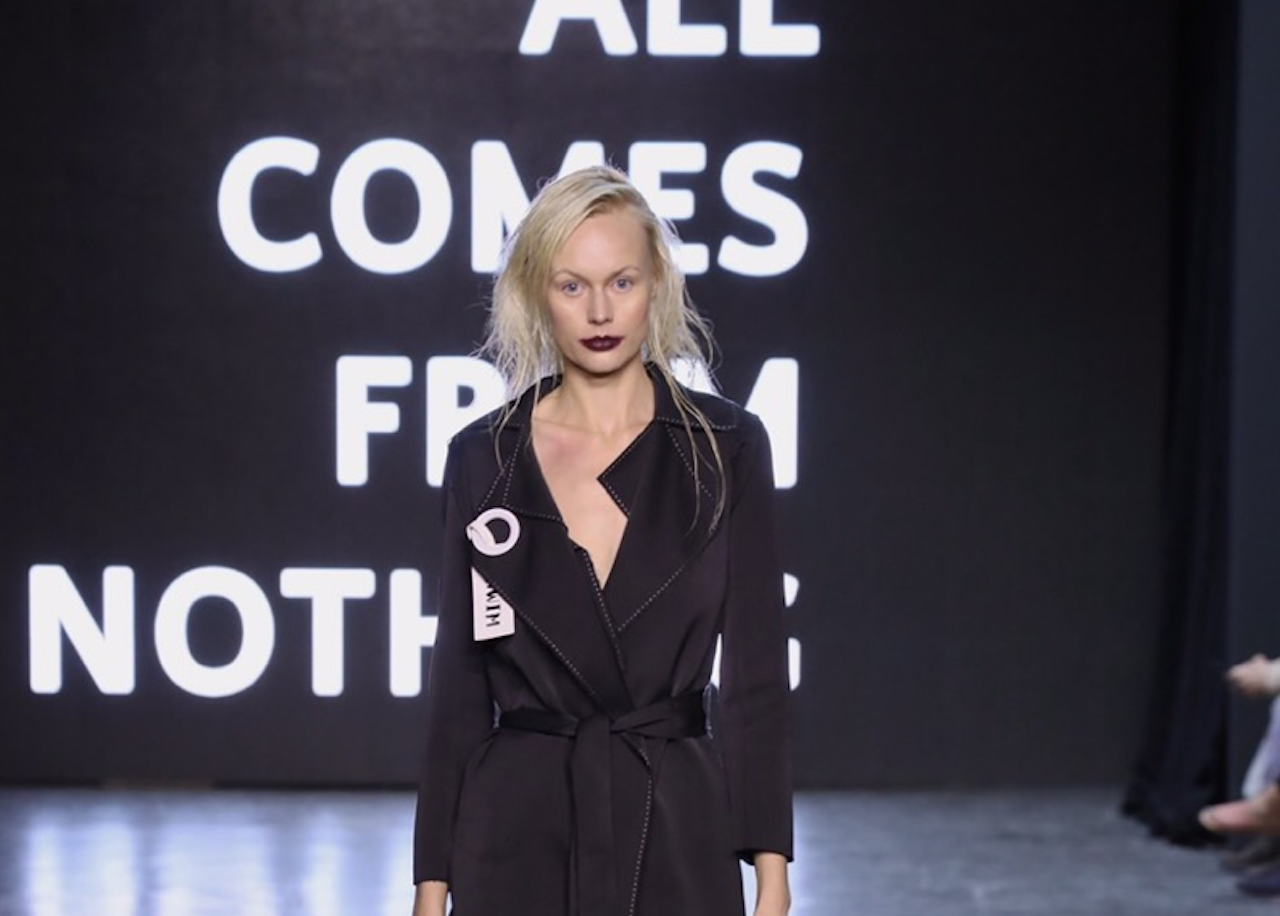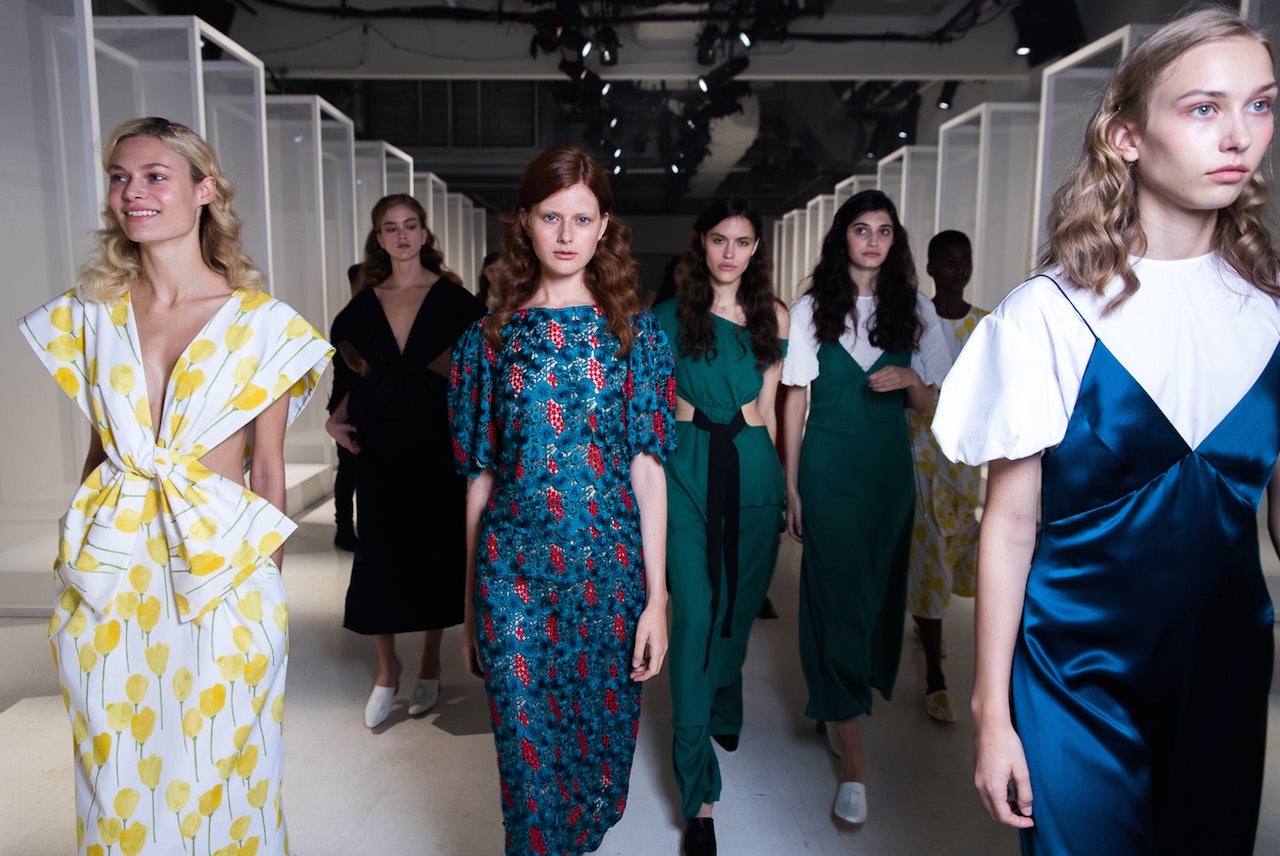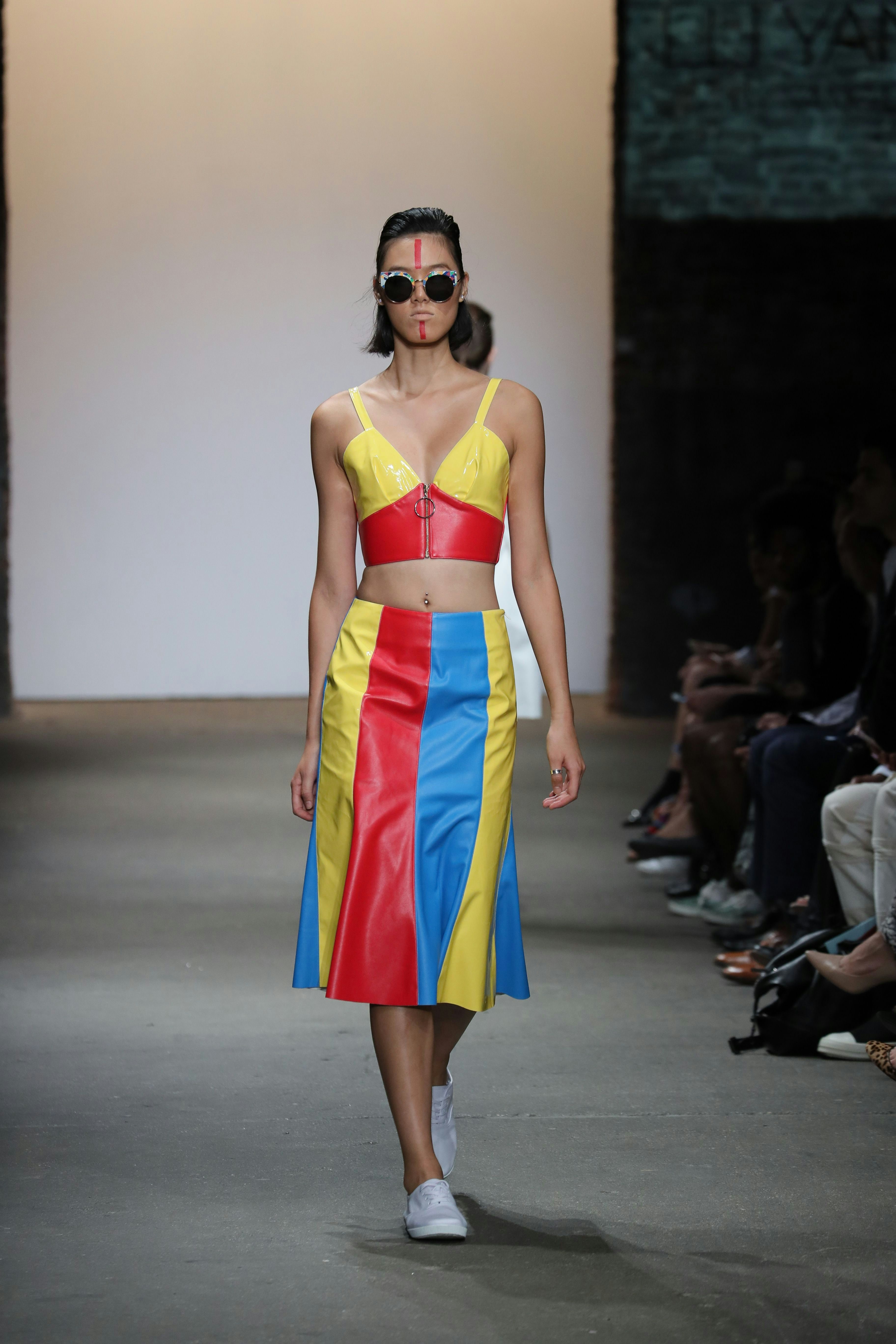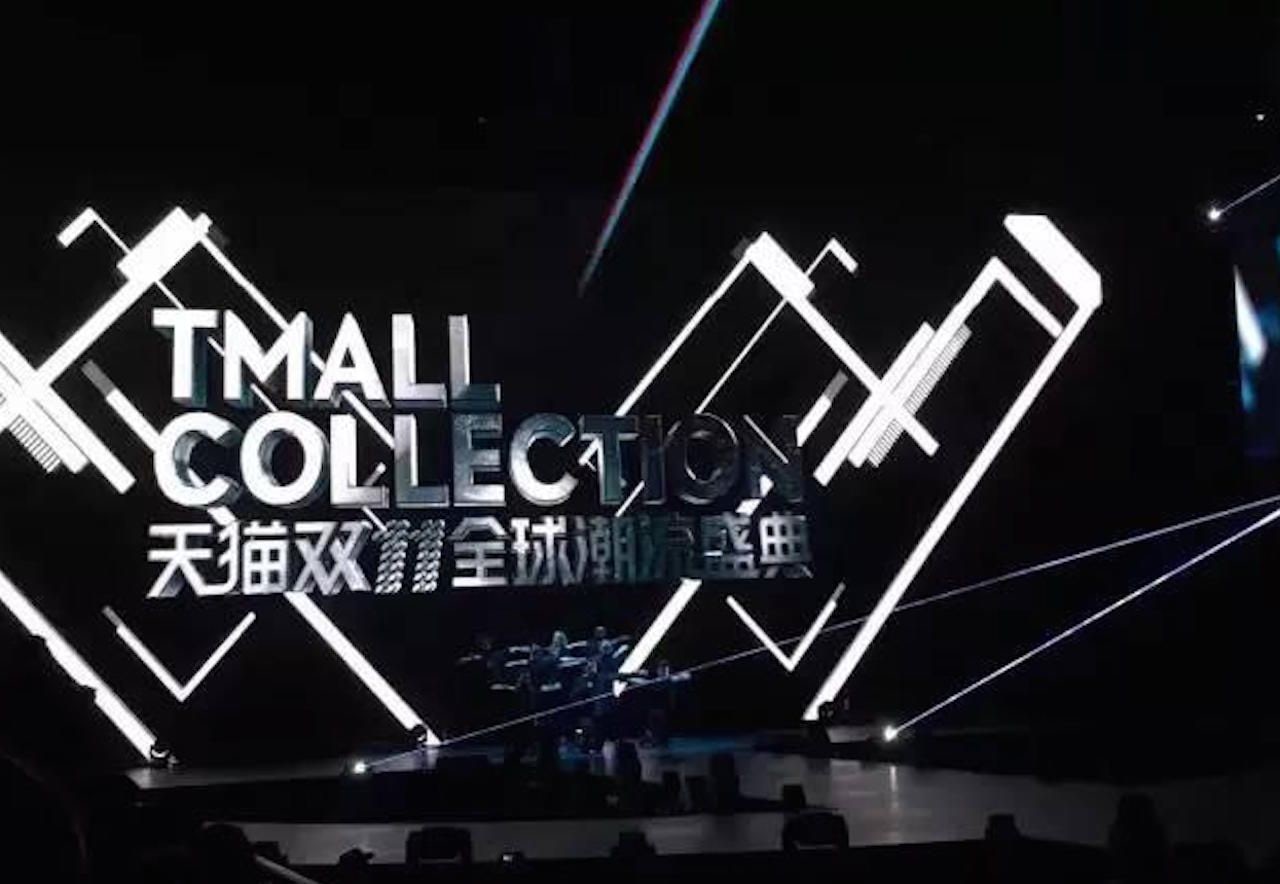Emerging Chinese Designers Flock to the Big Shows#
For emerging Chinese designers, fashion week—whether in New York, Milan, Paris, or London—has become an important marketing tool for building global recognition. The ongoing Spring/Summer 2018 Fashion Week season, which kicked off in New York and has already begun in London (after which it will move on to Milan and then Paris), is seeing a record number of Chinese fashion designers show their collections on the global stage—there are 30 featured in shows this season.
“The growing Chinese economy and the rise of the consumer market have generated opportunities to bring Chinese fashion to the world,” Todd Hessert, founder of fashion media company Globe Fashion Runway, told Jing Daily.
According to Hessert, the rising number of Chinese designers going to major global fashion shows will continue. "Being involved in fashion week," he said, "means getting media exposure and brand recognition. This is one of the most obvious returns on investment.”
Top Fashion Labels Turn To “See Now, Buy Now” for Financial Return, but It's an Unlikely Option for Emerging Designers#
While Chinese designers have been enthusiastic about entering the game, many top fashion labels have been dropping out of fashion shows both due to the extreme cost of staging them and because the fashion industry is embracing a new business model.
Traditionally, it takes six months for a designer's new collection to be made available to buyers. However, the new “See now, Buy now” model has shrunk the waiting time in order to cater to consumers who increasingly crave instant gratification. It's also become an event to boost sales.
The cost for a designer to show at New York Fashion Week varies, but it is not cheap. According to Fashionista, 200,000 is a reasonable amount for the package. And the average cost for an emerging designer to host a fashion show in New York is not less: generally around 150,000 - 300,000, according to Hessert. The cost depends on the choice of venue, the level of production, the models and the PR goals.
Twelve brands skipped 2017’s New York Fashion Week in February, including Tommy Hilfiger, Tom Ford, Vera Wang, and DKNY, according to Business Insider.
Sponsors help designer Rebecca Minkoff's brand make a show affordable from the start. But Minkoff, who embraced the “see now, buy now” model for her February show in 2016, understands the obstacles that this platform presents for young designers looking to gain exposure. In an interview with Fast Company, she urged the industry to offer an alternative approach. "What if the CFDA (Council of Fashion Designers of America) sold tickets," she mused, "and a portion of the proceeds helped emerging designers?”
It’s indeed very hard for emerging designers to imitate the “see now, buy now” model to recoup the costs of the event, according to Hessert. "Compared to other local brands, those new Chinese designer brands usually don’t have established sales teams and brand stores in the US, and it normally takes 2-4 seasons of fashion shows to be fully recognized and accepted by overseas buyers and media, which make it hard to experiment with ‘see now, buy now’ model.”

How Much Bang for Your Buck Does a Fashion Show Really Offer?#
For any emerging designer wanting to siphon off a little of the attention the global media throws toward the fashion world during the major shows, staging a show is certainly a powerful marketing tool (for those who can afford it). However, the return for their business may be smaller than expected.
“Yes, smaller designers' unique pieces draw eyeballs," said Designer Eva Xu Yiwei, who debuted her seventh collection at New York Fashion Week on September 8. Xu spent five years designing for Michael Kors and Ralph Lauren. She said, “But whether it could trigger purchases is very hard to say."
Even though China is a country known for its consumption, Xu said the market is not as mature as that of the US, at least for emerging designers.
The outpouring of talent from China has caused an imbalance in the ecosystem, partly because of the lagging development of the buyer system in China, which is much less mature than the system in the United States. China needs good buyers to speed up the local fashion scene, according to Leng Yun, professor of Modern Language and Culture at the University of Hong Kong, whose study was concentrated on the comparison of Chinese and Western fashion.
According to Leng, buyers in the United States have much more freedom and power to negotiate for what brands and products to purchase when they supply local retailers. Department stores in China, however, have most of the power to determine what to buy for their stores, leaving buyers with less autonomy. In addition, most Chinese buyers lack the experience to manage multiple brands, making it hard for traditional department stores to give them more control.
Alternative Approaches for Emerging Designers to Get Involved with Fashion Shows#
There are companies who help designers cut down their costs by linking them with sponsors. Arthur Mandel, president of Nolcha Shows, which stages shows to showcase the work of independent designers, said they help emerging designers host a cost-effective show through their "collaborative environment" and "globally recognized sponsor brands," which provide finance support. The company will help host industry networking dinners and strategic partnerships for sponsored exhibitions to give the budding designers full access to top-tier press, retailers and industry influencers.
Alibaba’s recent deal with New York Fashion Week is likely to act as another emerging designer platform for them to showcase their work. Next September, New York Fashion Week will select Chinese designers from Alibaba’s “See Now, Buy Now” fashion show to be included in its’ new initiative, “NYFW: China Day.” Alibaba has yet to announce which Chinese designers will be included.
Alibaba’s rival, JD.com also has its eye on the same crowd. On September 18, JD fashion president Ding Xia, and Caroline Rush, CEO of British Fashion council, will host a cocktail party to celebrate JD.com's new partnership with the British Fashion Council and Vogue Designer Fashion Fund, whose aim is to support and promote emerging designers.
What's the future for emerging Chinese designers? Xu maintains a positive attitude. "Luckily in the design industry," she said, "your work is the best presentation of your talent. Only quality design can have the power to remain strong in the ever-changing market, whether it’s in the US or China.”




